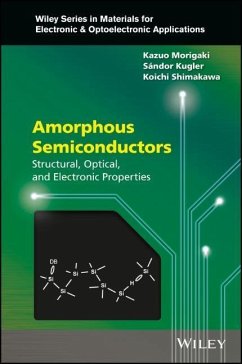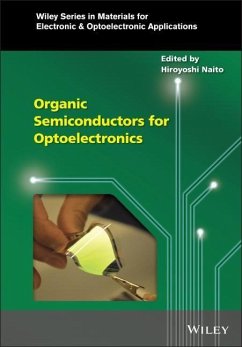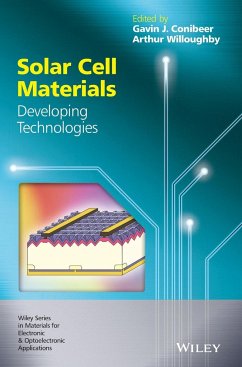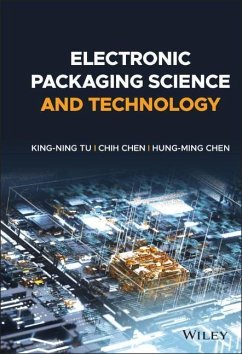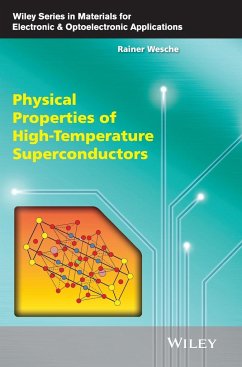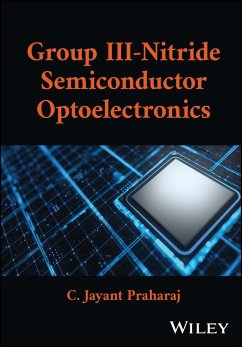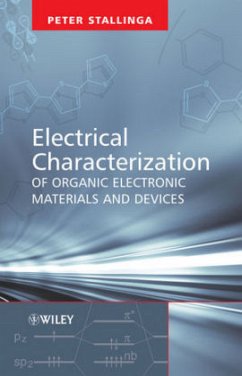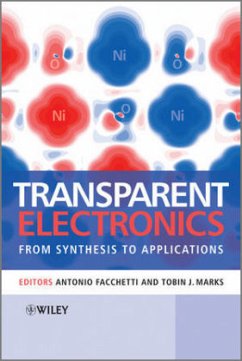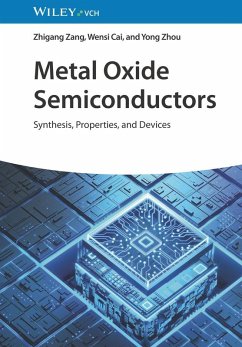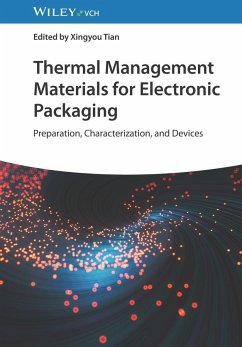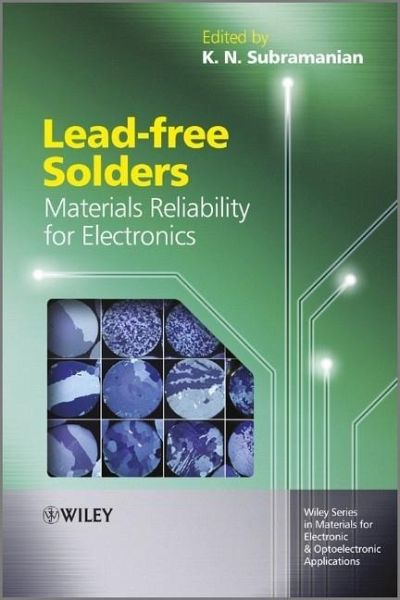
Lead-Free Solders
Materials Reliability for Electronics
Herausgegeben von Subramanian, K.
Versandkostenfrei!
Versandfertig in über 4 Wochen
172,99 €
inkl. MwSt.
Weitere Ausgaben:

PAYBACK Punkte
86 °P sammeln!
Providing a viable alternative to lead-based solders is a major research thrust for the electrical and electronics industries - whilst mechanically compliant lead-based solders have been widely used in the electronic interconnects, the risks to human health and to the environment are too great to allow continued widescale usage. Lead-free Solders: Materials Reliability for Electronics chronicles the search for reliable drop-in lead-free alternatives and covers:Phase diagrams and alloy developmentEffect of minor alloying additionsComposite approaches including nanoscale reinforcementsMechanical...
Providing a viable alternative to lead-based solders is a major research thrust for the electrical and electronics industries - whilst mechanically compliant lead-based solders have been widely used in the electronic interconnects, the risks to human health and to the environment are too great to allow continued widescale usage. Lead-free Solders: Materials Reliability for Electronics chronicles the search for reliable drop-in lead-free alternatives and covers:
Phase diagrams and alloy development
Effect of minor alloying additions
Composite approaches including nanoscale reinforcements
Mechanical issues affecting reliability
Reliability under impact loading
Thermomechanical fatigue
Chemical issues affecting reliability
Whisker growth
Electromigration
Thermomigration
Presenting a comprehensive understanding of the current state of lead-free electronic interconnects research, this book approaches the ongoing research from fundamental, applied and manufacturing perspectives to provide a balanced view of the progress made and the requirements which still have to be met.
Phase diagrams and alloy development
Effect of minor alloying additions
Composite approaches including nanoscale reinforcements
Mechanical issues affecting reliability
Reliability under impact loading
Thermomechanical fatigue
Chemical issues affecting reliability
Whisker growth
Electromigration
Thermomigration
Presenting a comprehensive understanding of the current state of lead-free electronic interconnects research, this book approaches the ongoing research from fundamental, applied and manufacturing perspectives to provide a balanced view of the progress made and the requirements which still have to be met.




